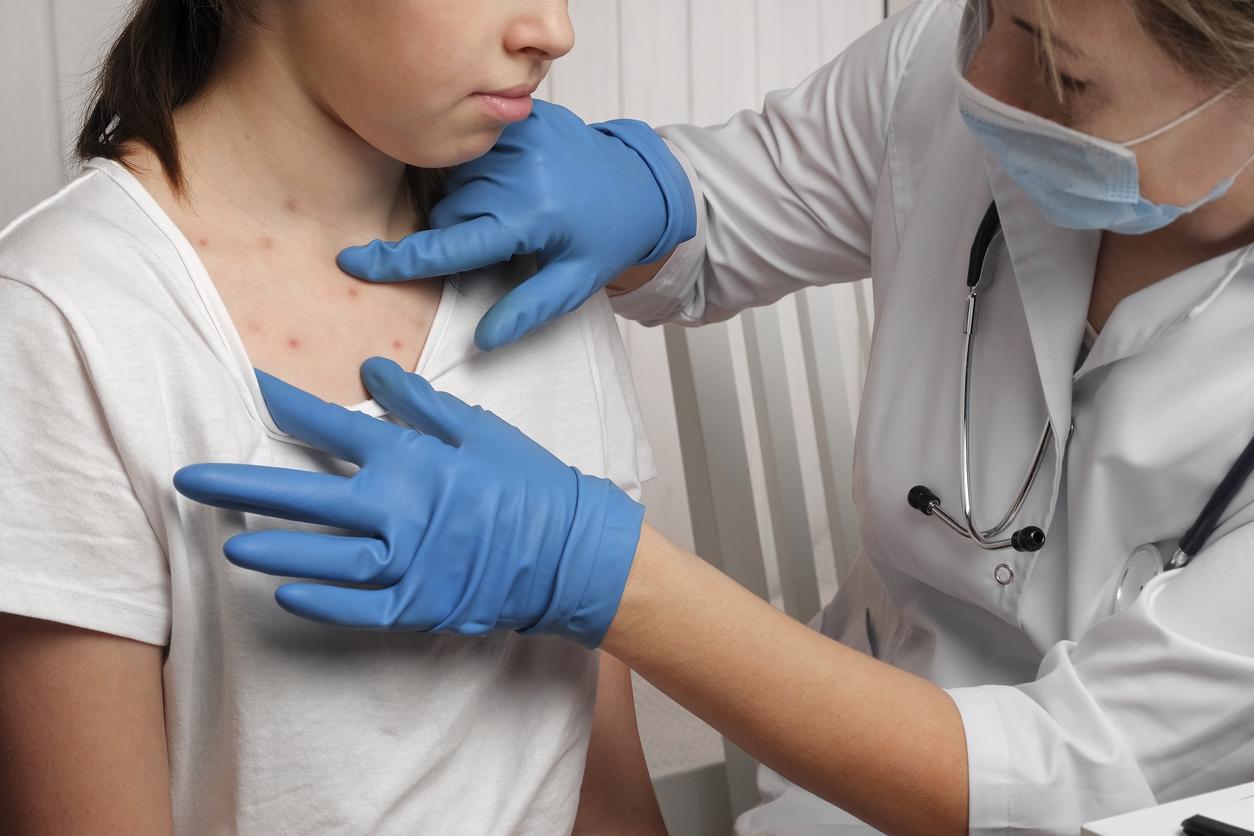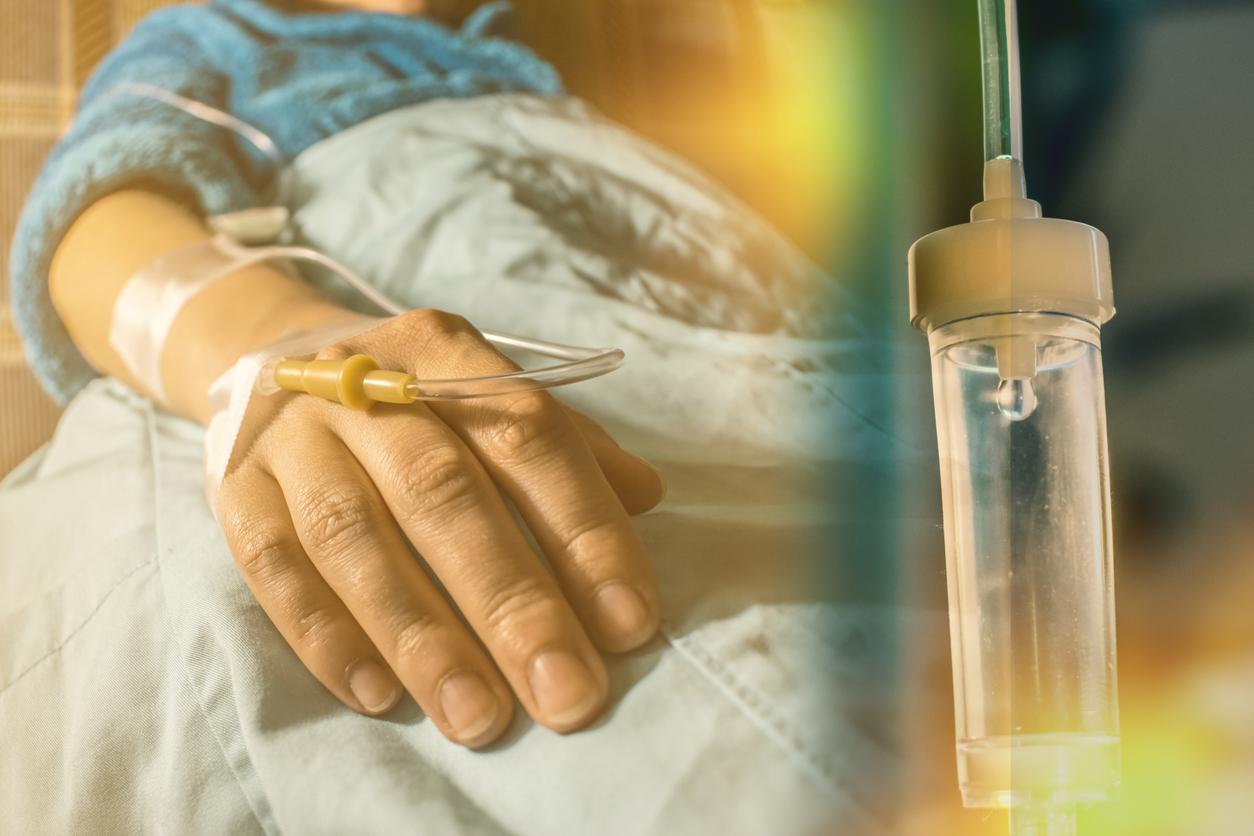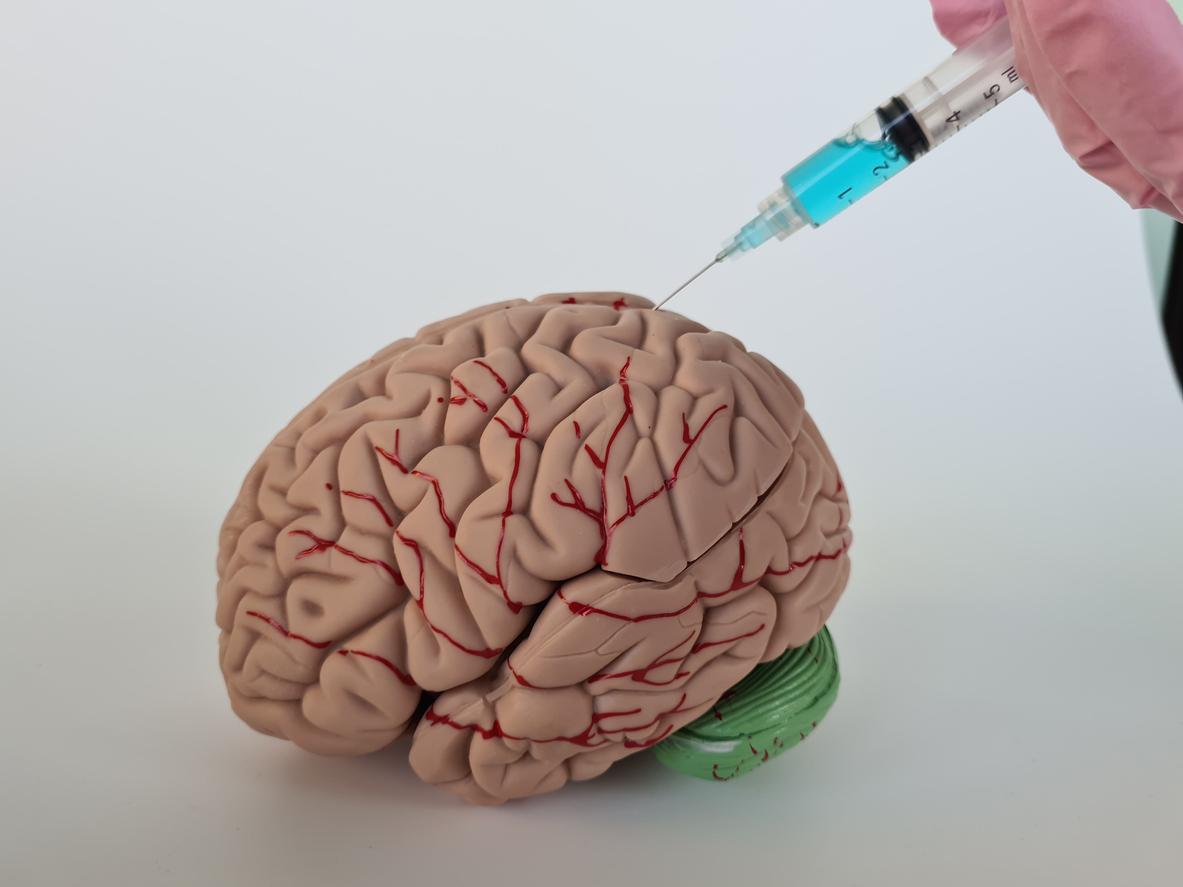How to treat the Duchenne muscular dystrophy, that fatal genetic disease that causes loss of muscle function? According to the review Science, three teams of American researchers simultaneously proved that a new technique was effective against myopathy. This tool is what scientists call CRISPR, a kind of scissor that cuts DNA in a specific place to repair it.
Repairing the dystrophin gene
Scientists targeted the gene encoding the dystrophin protein. Indeed, in muscular dystrophy, this gene contains a mutation, which prevents it from making dystrophin. Result: this protein is completely absent and its role in maintaining muscle fibers is therefore not guaranteed in the body. Then the muscles gradually atrophy, including those responsible for respiratory and cardiac functions. By removing the part of the gene that contains the mutation, dystrophin can again be produced in sufficient quantity to maintain muscle cells. This CRISPR technique had already been successfully tested on mouse embryos. The works presented in Science highlight the success of this process on adult mice already suffering from myopathy. This is the first time that a treatment has worked on sick mature animals.
Several years before clinical trials in humans
However, this treatment does not make it possible to cure the myopathy: the mice treated by the CRISPR technique did not exhibit as good muscular performance as the “normal” mice. But an improvement in their survival is undeniable, and researchers hope to gradually refine the technique to increase its effectiveness. According to the review Science, CRISPR could be effective in 80% of muscular dystrophy. But the tests are confined for the moment only to mice, and it will be necessary to wait several years before tests are carried out in humans.
Duchenne muscular dystrophy, also called Duchenne muscular dystrophy, affects 150 to 200 newborn boys each year in France. Their life expectancy does not exceed 25 years.
>> To read also:
Myopathy: wrongly diagnosed, the victim asks for compensation
A 5-year-old child saved thanks to Telethon donations
A new website for rare diseases

















